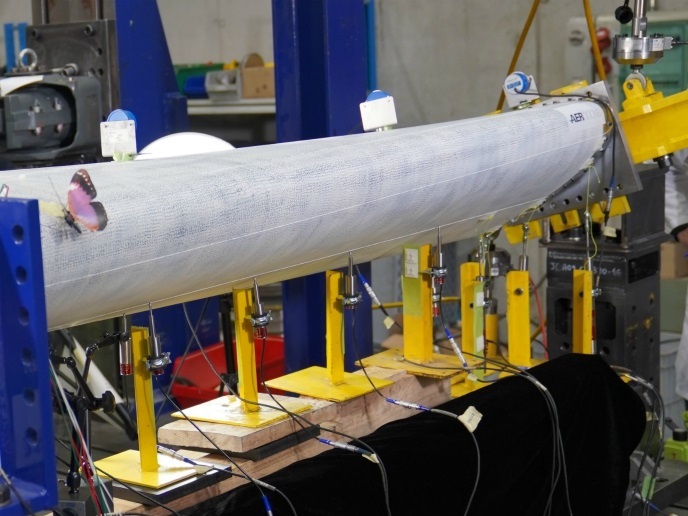Infrastructure shielding against electromagnetic attacks
Energy distribution, information and communication systems, transportation, safety and economic security infrastructures are all vulnerable to electromagnetic interference (EMI). Low-frequency EMI such as that arising from lightning or a nuclear explosion has been well-studied and accounted for in standard policies and procedures. However, the growing threat from very small and inexpensive but high-power, high-frequency devices in the hands of those intentionally trying to do harm is posing new challenges. Scientists launched the EU-funded project 'Strategies for the improvement of critical infrastructure resilience to electromagnetic attacks' (STRUCTURES) to fill the gap. The focus is primarily on civilian infrastructures such as communications and banking as these have many points of entry and are not designed to resist high-frequency EMI. Researchers are providing a holistic analysis to lead to protection measures, standards and policy designed to deny success to would-be criminals. The team began by characterising the most likely types of high-power electromagnetic (HPEM) sources and analysing six types of critical infrastructure. Researchers then looked at the components most susceptible to intentional EMI. They conducted an exhaustive survey of existing components and systems and susceptibilities to determine interference conditions and susceptibility thresholds of the most vulnerable components. Based on the above background, scientists have now identified the coupling mechanisms between potential interference sources and susceptible components. This information will be critical to model and simulation development in phase 2, leading to the lasting impact of the project's work. Experimental protocols that will enable data population and support model development have now been established. STRUCTURES is conducting a comprehensive analysis of threat to critical infrastructures due to intentional EMI, a growing possibility in the face of readily available HPEM sources and heightened terrorist activity. The guidelines, procedures and tools created will make an important contribution to the continued socioeconomic well-being of the EU and its citizens, and of major parts of the rest of the world.
Keywords
Infrastructure, critical infrastructure, signal interference, electromagnetic interference, electromagnetic attacks, high-power electromagnetic; computational electromagnetic; business continuity; HPEM; IEMI







